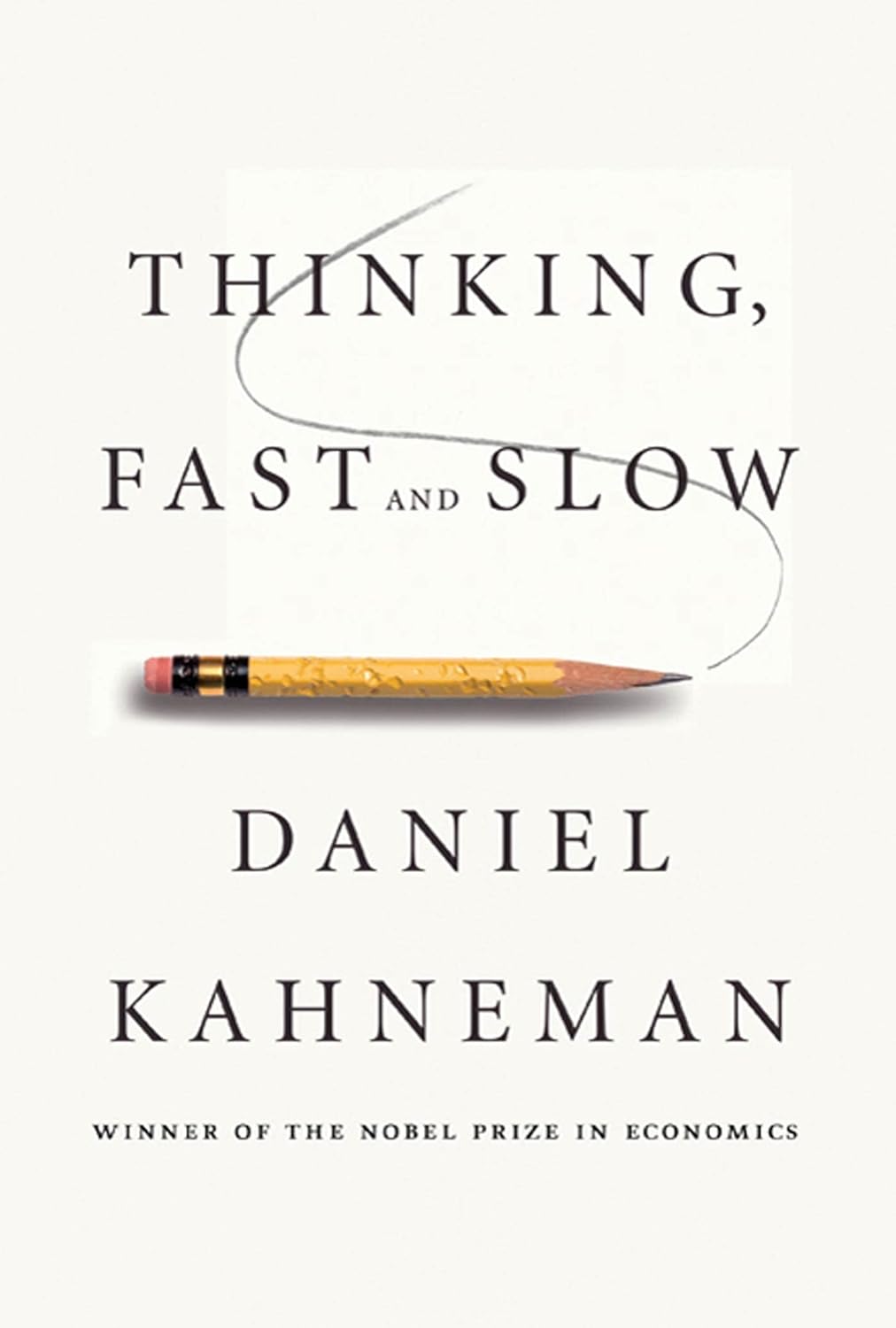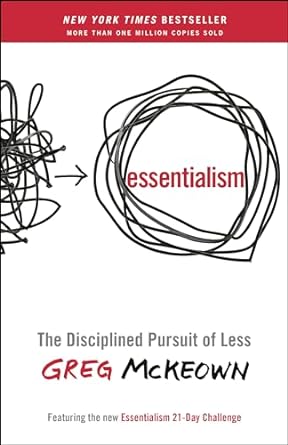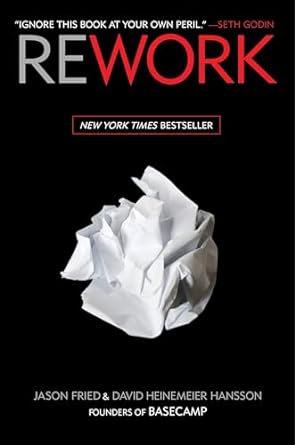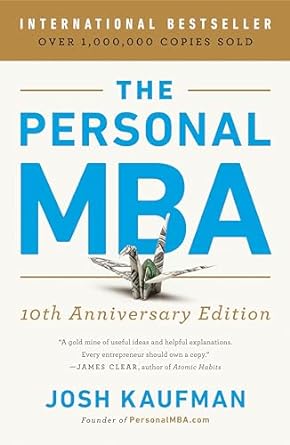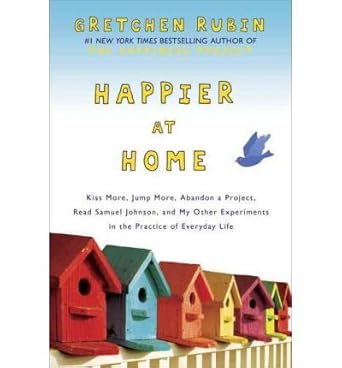Planning Fallacy
Coined by Kahneman and Tversky in 1979, planning fallacy describes the consistency with which humans underestimate the time, money and resources required in project planning. The planning fallacy occurs when plans unrealistically assume close to best-case scenarios, and which could have been made more realistic by consulting data from other similar projects.
Key Insights & Principles
Project Management
Insights:- Humans are not good at planning.
- Humans have an optimism bias when planning projects.
- We can be reluctant to admit when we can't do something in a specific time frame, or push back on deadlines.
- Even when we are aware of it, the planning fallacy is difficult to overcome.
- Compare plans to similar completed projects when estimating time and resource requirements
- Isolate all tasks individually. Estimate time and resource requirements for each and add up the total.
- Always include a buffer.
Business and entrepreneurship
Insights:- Planning extra resources for when things to go wrong is often not in the culture.
- Executives competing for resources often have an incentive to present overly optimistic plans.
- Plans that do not anticipate failures can lead to failure.
- Plans do not account for improvisation - and improvisation is often important in business.
- Detailed, long term planning might not be the optimal way forward.
- Make honesty and accurate planning the culture. Reward accurate planning. Penalise inaccurate planning.
- Shorten the planning timeline.

